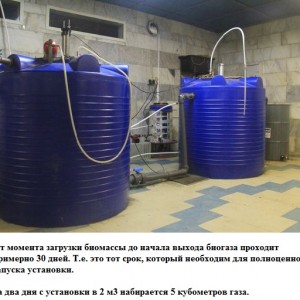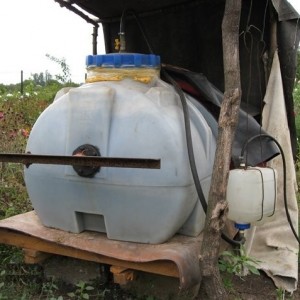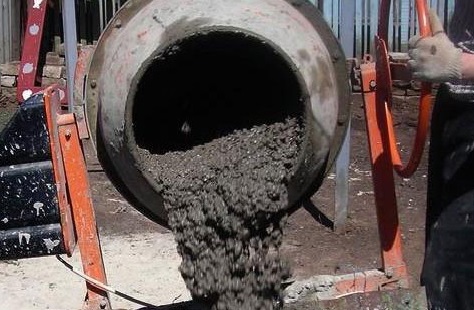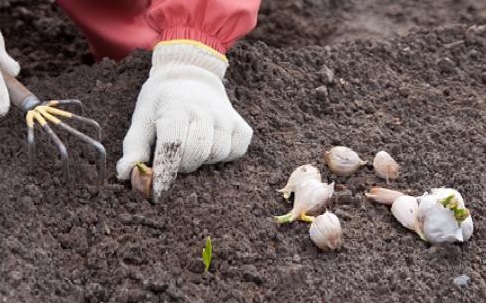Biogas is a gas produced from the biological degradation of organic substances such as disposed animal waste, organic trash, and agricultural residues. It typically contains methane, carbon dioxide, and hydrogen. Biogas serves as a renewable energy source for heating, electricity generation, and food production.
How to Produce Biogas at Home?
To produce biogas at home, you will need to set up a biogas reactor. This system facilitates the biological treatment of organic waste into gases, primarily consisting of methane and carbon dioxide.

As a source of organic waste, kitchen leftovers, fertilizers, and animal waste can be used. The processed gases can be utilized as fuel for gas burners or power generators.
How Does a Biogas Plant Work?
Biogas plants operate on the principle of anaerobic biological degradation of organic materials. They consist of several components, including:
- Reactor: A closed tank where biological degradation occurs. Organic waste, water, and bacteria are added to the reactor, converting organic matter into biogas.
- Atmosphere Control: The reactor’s temperature, humidity, acidity, and oxygen concentration are managed to provide optimal conditions for the bacteria.
- Gas Extraction System: The biogas produced in the reactor is redirected to a gas extraction system, where it is separated from residues and prepared for use.
- Gas Purification Installation: Before utilizing the biogas, it must pass through a purification installation to remove remnants and undesirable substances, such as ammonia, sulfur, and methane.

In summary, a biogas plant’s function is to transform organic waste into a useful energy source, usable as gas for heating, electricity generation, or other purposes.
How to Generate Biogas from Manure?
To generate biogas from manure, biological processing of the manure in a biogas reactor is required. The process involves the following steps:
- Raw Material Preparation: Manure must be mixed with water in a 1:1 ratio and broken down into smaller parts to improve oxidation.
- Filling the Reactor: The prepared raw material is placed into the biogas reactor.
- Adding Microorganisms: Microorganisms, such as methanogen bacteria, are added to convert organic matter into biogas.
- Maintaining Temperature and Humidity: The temperature and humidity in the reactor should be stable and optimal for microorganism growth.
- Collecting Biogas: After the conversion process is complete, the produced biogas can be collected. This may require a pump or simply pressure created by filling the reactor. The collected biogas can be used for heating, cooking, or electricity production.
Note that producing biogas at home requires special knowledge and skills, as well as specific equipment. Ensure you understand the process and consider all potential risks before beginning.

How Much Biogas from 1 Ton of Manure?
The amount of biogas produced from 1 ton of manure depends on various factors, such as temperature, humidity, retention time, and the chemical composition of the manure. Approximately 0.5-0.7 m³ of biogas can be generated from 1 ton of raw manure. However, this is an approximate value and may vary based on conditions.

DIY Biogas Plant Videos
However, it should be noted that constructing and operating a home biogas reactor requires significant knowledge and skills in biology and technology. If you lack the necessary knowledge or experience, consulting a professional engineer or biogas plant installer is advised. Also, consider environmental and safety regulations to ensure your biogas reactor complies with all requirements.






